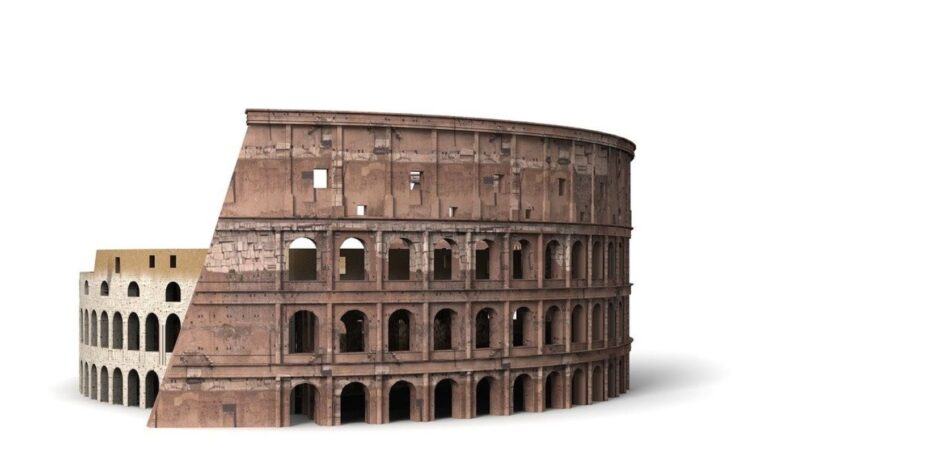Smart tourism is giving the travel sector a digital makeover. This transformation has led to an increase in interactive technologies, be it static kiosks and information points, loanable tablets, online platforms, or downloadable apps. Let’s have a look at some key applications and benefits of interactive smart tourism technologies.
Engagement for Historical Sites
Whilst it is literally in the past, exploring history remains to be a popular hobby for many in the present. Due to this, historical entertainment has continued in its popularity over the years. For example, historical slot games are a popular theme for online casinos, with online slot games like Rome: The Golden Age, Egypt Bonanza, and Chinese Treasures digitally recreating various aspects of diverse historical cultures in a way that is engaging and interactive. This allows players to explore the history and culture of a place without stepping foot on foreign soil, making for an immersive history-themed casino experience.

In a similar vein, smart tourism techniques are increasingly used to boost engagement at physical, historical sites. Augmented reality (AR) can digitally reconstruct ruined attractions, giving visitors a glimpse of what they once looked like. Mobile apps can further enhance the experience by gamifying tours with quizzes, digital graphics, and even voice recordings that provide insights from the perspective of historical figures. These tools make for a dynamic and informative visit, even when much of the original structure no longer exists.
Personalisation Opportunities
Personalization is becoming increasingly important in all kinds of sectors, and tourism is no different. As 63% of consumers will go elsewhere if these options are poor, tourism is seeing a movement towards ecosystems that provide end-to-end customization. This means that personalization won’t end at simply choosing the flight and hotel to suit your needs.

Interactive smart tourism solutions can track and analyze user behavior to identify trends and preferences. Using this data, it can provide users with personalised recommendations for attractions, shops, and even restaurants that the user may enjoy. This encourages tourists to try out new things, but with the added reassurance that their preferences already match with the recommended destinations, improving the overall customer experience.


 By
By 




